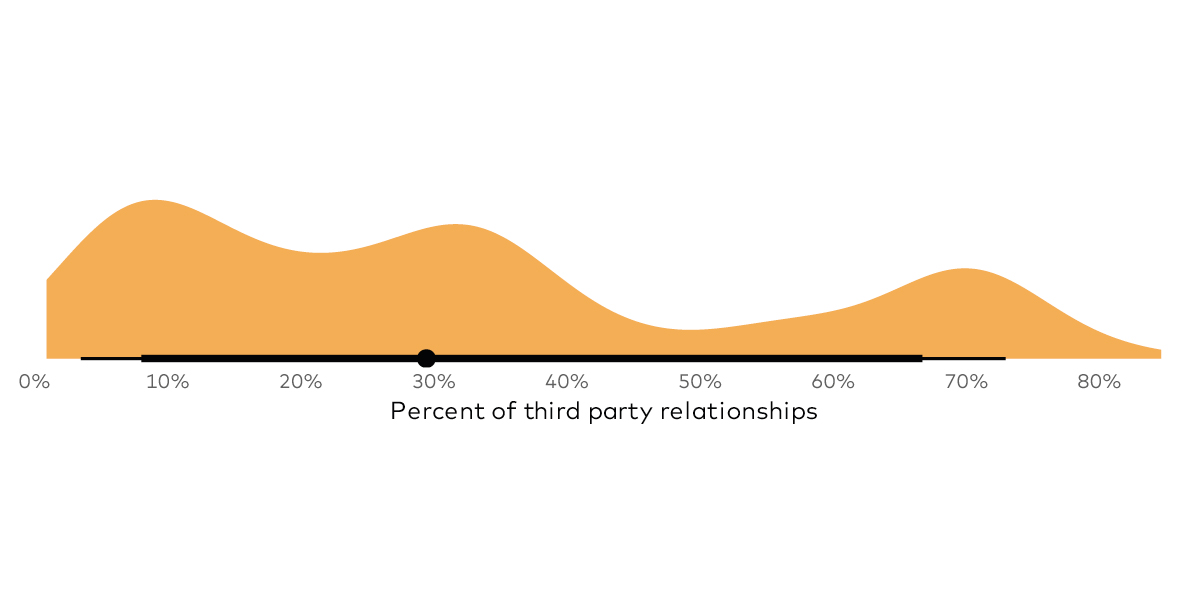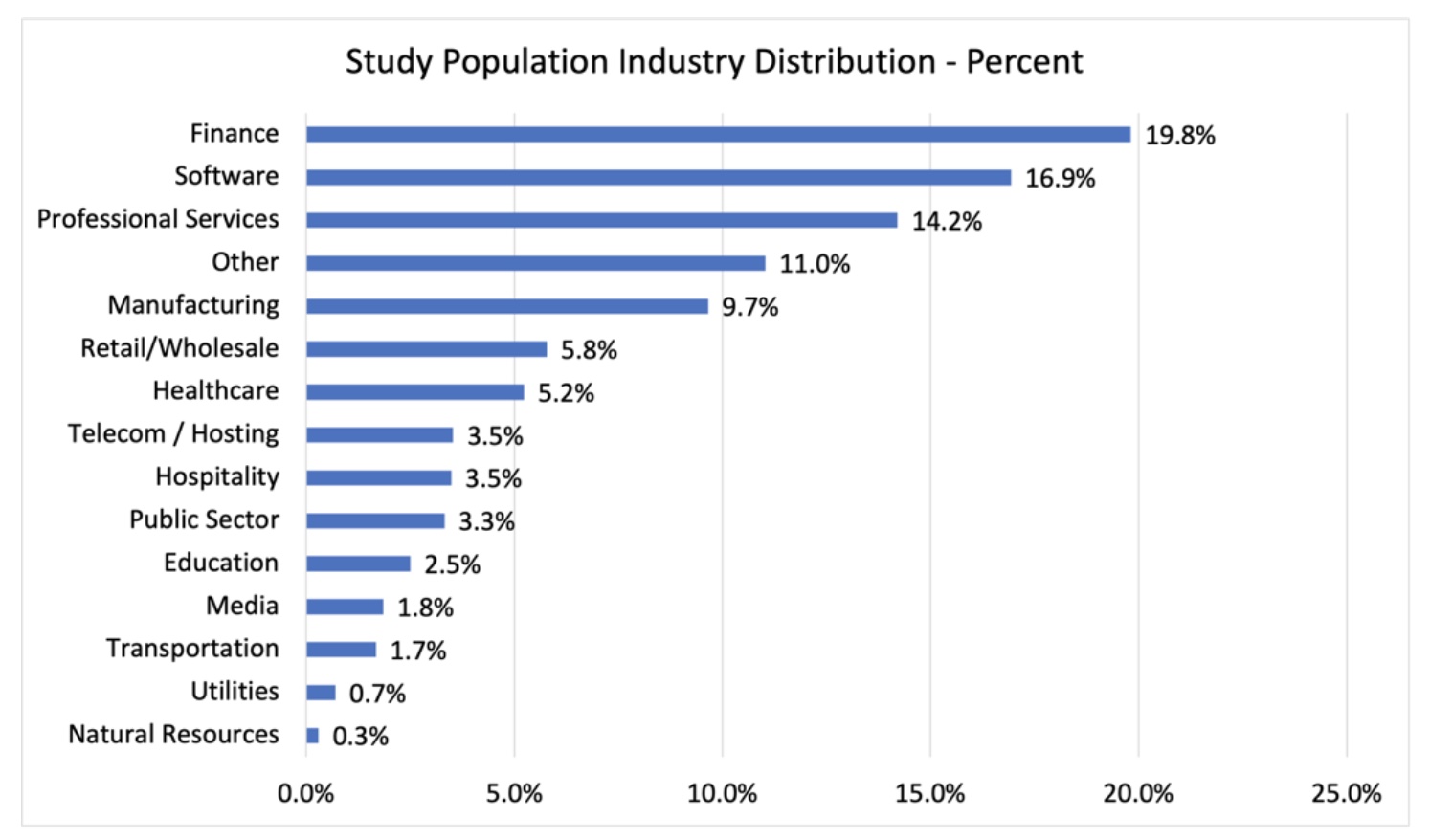 Many organizations realize that they need to do a better job at managing third-party risk, but they don’t prioritize the problem because they don’t realize the true scope of the risk.
Many organizations realize that they need to do a better job at managing third-party risk, but they don’t prioritize the problem because they don’t realize the true scope of the risk.
Third-party technical relationships are rarely as isolated or limited as many executives seem to think. In fact, scratch deep enough under the surface of most modern IT architectures and you’ll usually find that the most crucial infrastructure and processes rely heavily upon third-parties to bring the business full value.
That’s because innovation in the era of digital transformation depends upon integrated systems and extended technical ecosystems. Third-party relationships are usually completely enmeshed in the way that organizations develop software and deliver digital services to external and internal customers. Some of the most common external resources found in the innovation supply chain include:
• Cloud platforms and hosting
• SaaS services
• Open API connections
• Third-party software components
• Specialized consulting services
• Data aggregation services
• Managed services
What’s more, because digital transformation makes every business a software business, even seemingly non-technical business relationships often require the connection of IT systems and sharing of crucial data streams.
The point is that third-party connections are everywhere—and so are third party risks. Internal systems are rarely bubble-wrapped anymore. So even an organization completely confident in its own cybersecurity protections could be working with very little cyber assurance if it doesn’t monitor and manage how its third- parties conduct their own risk management.
Download our latest white paper, Why Third-Party Risk Matters, to read more about the impact third-party risk can have on your business.






